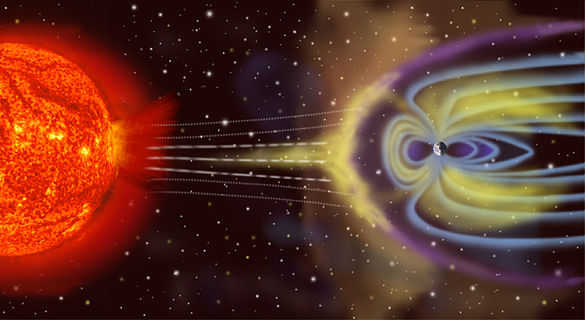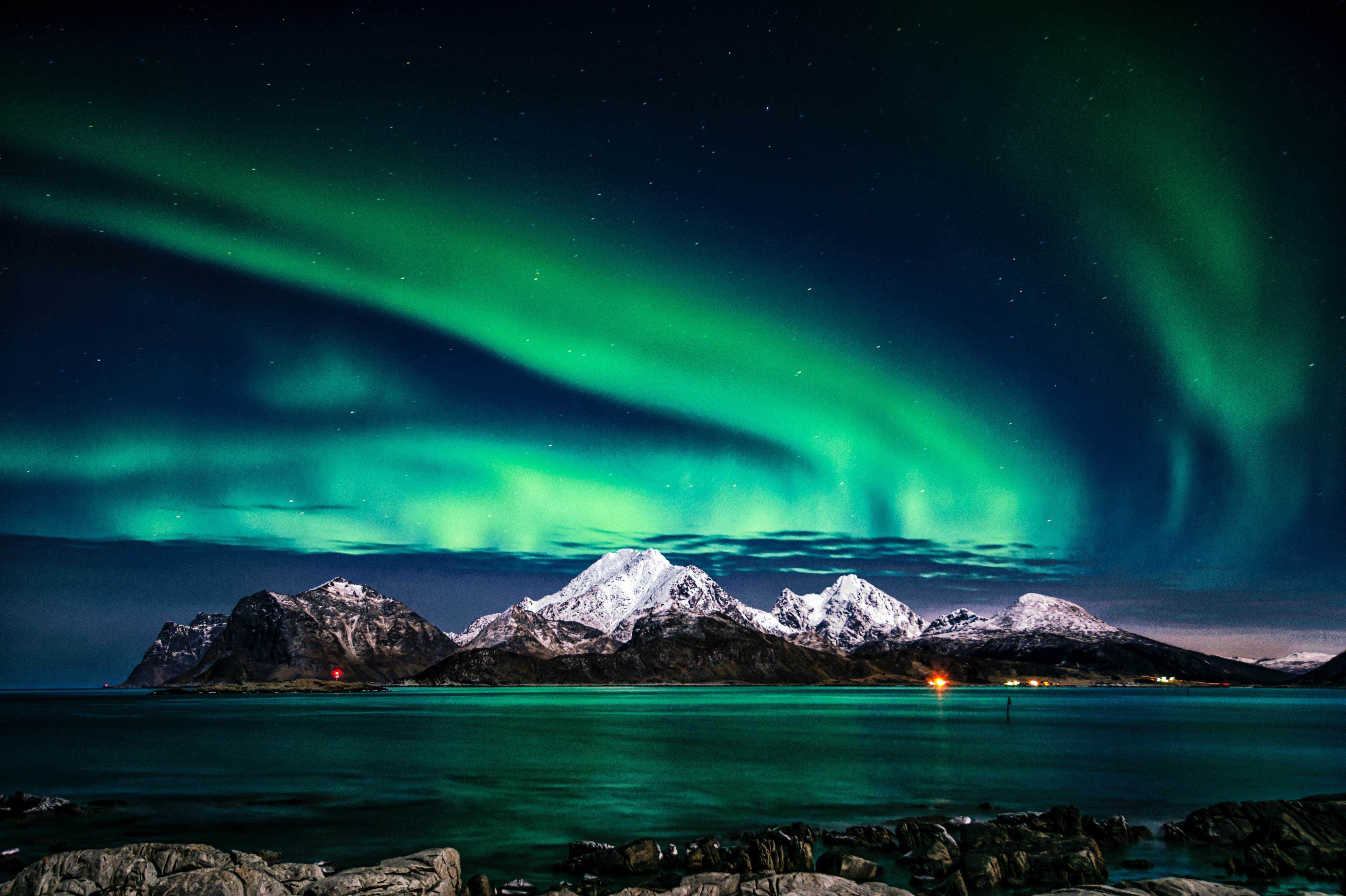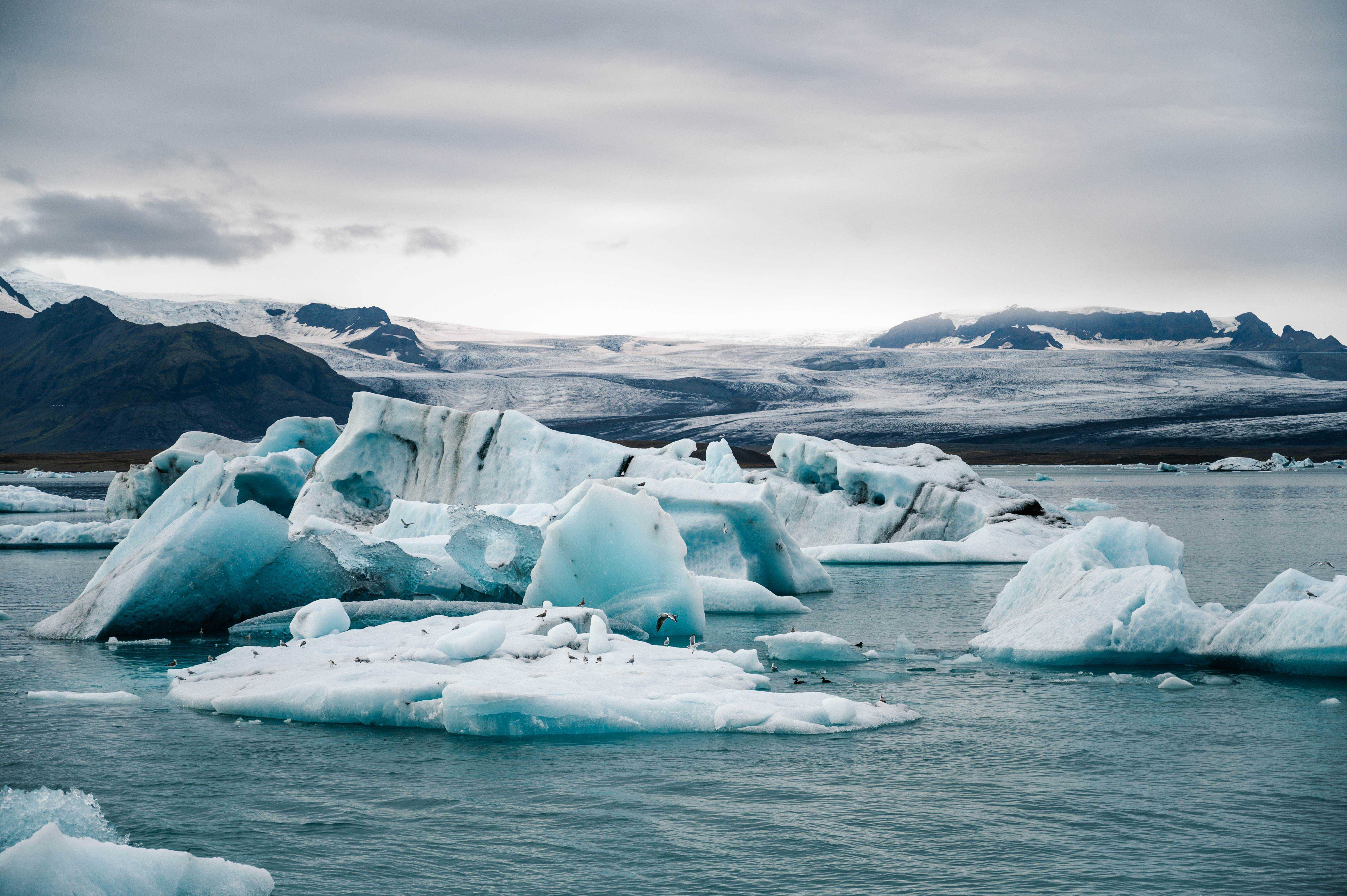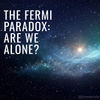Have you ever marveled at the breathtaking beauty of the Northern Lights or the Southern Lights? These mesmerizing natural displays, also known as auroras, are the stunning result of a fascinating cosmic event called a geomagnetic storm. Geomagnetic storms have intrigued scientists and mesmerized people for centuries, showcasing the sheer power and beauty of our planet's interactions with space. In this blog, we embark on a journey to unravel the mysteries of geomagnetic storms, exploring their origins, impacts, and the captivating visual spectacle they create in the Earth's skies.
What is a Geomagnetic Storm?
A geomagnetic storm refers to a disturbance in the Earth's magnetosphere caused by intense solar activity. The Sun, our nearest star, is a seething cauldron of hot gases and magnetic fields. Occasionally, it releases massive bursts of energy in the form of solar flares and coronal mass ejections (CMEs). When these energetic particles reach Earth, they interact with our planet's magnetic field, triggering a series of reactions that lead to a geomagnetic storm.
Types of Geomagnetic Storms
There are three main types of geomagnetic storms:
- Quiet Sun: This is the most common type of geomagnetic storm. It is caused by the normal activity of the sun.
- Coronal Mass Ejection: This is a large eruption of plasma and magnetic field from the sun. CMEs are the most powerful type of geomagnetic storm.
- Solar Flare: This is a sudden release of energy from the sun. Solar flares are not as powerful as CMEs, but they can still cause geomagnetic storms.
Effects of Geomagnetic Storms
Geomagnetic storms can have a significant impact on Earth. Some of the effects of geomagnetic storms include:
- Aurora: The aurora is a beautiful light show that is caused by geomagnetic storms. The aurora is caused by charged particles from the sun interacting with Earth's atmosphere.
- Power Grid Disruptions: Geomagnetic storms can disrupt power grids. This is because the strong currents that flow during a geomagnetic storm can overload power lines.
- Communication Outages: Geomagnetic storms can also cause communication outages. This is because the strong currents that flow during a geomagnetic storm can interfere with radio and satellite communications.
- Satellite Damage: Geomagnetic storms can damage satellites. This is because the strong currents that flow during a geomagnetic storm can heat up satellites and cause them to malfunction.
How to Protect Yourself from Geomagnetic Storms
There are a few things you can do to protect yourself from the effects of geomagnetic storms:
- Install a surge protector on your home's electrical system. This will help to protect your appliances and electronics from power surges during a geomagnetic storm.
- Have a backup plan for communication in case of a power outage. This could include a battery-powered radio or a satellite phone.
- Be aware of the signs of an approaching geomagnetic storm. These signs include increased aurora activity and disruptions to radio and satellite communications.
Understanding the Sun-Earth Connection:
To comprehend the mechanisms behind geomagnetic storms, we must first delve into the intricate relationship between the Sun and the Earth. The Sun's surface is composed of a constantly moving and evolving layer called the solar atmosphere. This outermost layer, known as the corona, contains loops of magnetic field lines that frequently become tangled and twisted. When the magnetic energy within these loops becomes unstable, it is released in the form of a solar flare or CME.
Upon eruption, the charged particles released by these solar events hurtle through space at high speeds. This stream of charged particles, collectively known as the solar wind, carries both magnetic and electric fields. When the solar wind reaches the Earth, it interacts with our planet's magnetosphere, a protective shield formed by the Earth's magnetic field.

The Dance of the Magnetic Fields:
The magnetosphere serves as a barrier, deflecting and diverting the majority of the solar wind's particles. However, during periods of intense solar activity, the solar wind's strength and magnetic properties can overwhelm the magnetosphere's defenses. The incoming charged particles can then penetrate the magnetosphere and interact with the Earth's magnetic field lines.
This interaction causes a variety of complex phenomena. As the solar wind and Earth's magnetic field lines collide, they transfer energy and momentum to one another. This energy transfer leads to the compression and distortion of the Earth's magnetic field, creating a turbulent environment within the magnetosphere.
The Impact of Geomagnetic Storms: Geomagnetic storms have the potential to affect a wide range of technological and natural systems on Earth. When the solar wind disrupts the Earth's magnetic field, it can induce powerful electric currents in the upper atmosphere and on the Earth's surface. These electric currents can interfere with and damage power grids, communication systems, and satellite operations, leading to disruptions in radio communications and power outages.
Additionally, geomagnetic storms can influence the behavior of animals, disturb migratory patterns, and impact navigation systems that rely on magnetic fields for orientation. Furthermore, airlines are often required to divert their flights away from the polar regions during intense geomagnetic storms due to potential disturbances in communication and navigation systems.
Nature's Dazzling Light Show: Auroras
One of the most captivating and enchanting aspects of geomagnetic storms is the dazzling light show they create in the Earth's skies: the auroras. Auroras, also known as the Northern Lights (Aurora Borealis) in the Northern Hemisphere and the Southern Lights (Aurora Australis) in the Southern Hemisphere, are celestial spectacles that have fascinated humans for centuries.
The mesmerizing dance of colors displayed during an aurora is a result of charged particles from the solar wind interacting with atoms and molecules in the Earth's upper atmosphere. When these energetic particles collide with atmospheric particles, such as oxygen and nitrogen, they transfer energy, causing the atoms and molecules to become excited.
As the excited atoms and molecules return to their normal state, they release this excess energy in the form of light. Different gases in the atmosphere emit light at specific wavelengths, resulting in a stunning array of colors. Oxygen atoms produce predominantly green and red hues, while nitrogen atoms contribute to the blue, purple, and sometimes red colors seen during an aurora.
The appearance of the auroras is heavily influenced by the altitude at which the interactions occur. Typically, auroras are observed between 60 and 400 kilometers (37 to 250 miles) above the Earth's surface. The different atmospheric conditions at various altitudes give rise to distinct types of auroras, including diffuse auroras, pulsating auroras, and the elusive and rare STEVE (Strong Thermal Emission Velocity Enhancement) auroras.
The location of the auroras is another important factor. In the polar regions, where the Earth's magnetic field lines converge and are more vulnerable to the solar wind, auroras are most commonly observed. However, during particularly strong geomagnetic storms, the auroras can be visible at lower latitudes, allowing people in regions closer to the equator to witness this celestial spectacle.
Experiencing the beauty of an aurora firsthand is an awe-inspiring and humbling experience. The sky comes alive with vibrant curtains, arcs, and swirls of light, gracefully dancing and shifting across the darkness. The colors intensify and fade, creating a mesmerizing display that leaves spectators breathless and filled with wonder. Photographers and artists are particularly drawn to these natural phenomena, capturing their ethereal beauty and sharing it with the world.
Monitoring and Predicting Geomagnetic Storms: As our understanding of geomagnetic storms has evolved, so has our ability to monitor and predict their occurrence. Scientists and researchers utilize a network of ground-based observatories, satellites, and space weather monitoring stations to track solar activity and the subsequent impact on the Earth's magnetosphere.
Data collected from these monitoring systems provide valuable information about the strength, duration, and direction of the solar wind. By analyzing this data, scientists can make predictions and issue alerts regarding the likelihood of geomagnetic storms. These forecasts help governments, power companies, and other stakeholders take precautionary measures to mitigate potential risks associated with such events.
Conclusion: Geomagnetic storms are awe-inspiring natural phenomena that bridge the gap between our planet and the vast expanse of space. They remind us of the intricate dance between the Sun and the Earth, the delicate balance of energy and magnetic fields that shape our world. From their impacts on technology and the environment to the breathtaking beauty of auroras, geomagnetic storms continue to captivate and inspire us.
As we delve deeper into the realm of space weather and further our understanding of these cosmic interactions, we gain a greater appreciation for the interconnectedness of our planet and the universe. So, the next time you find yourself gazing at the mesmerizing hues of an aurora, take a moment to reflect on the magnificence of our planet and the cosmic forces that shape it, reminding us of the bound
Discover the magic of Aurora Borealis, the natural phenomenon that lights up the skies of the Arctic. Learn about its origin, the science behind it, and the best places to witness this enchanting display of lights.
Read MoreNature never ceases to amaze us with its breathtaking beauty and natural phenomena. In this blog, we highlight ten fascinating natural events that attract travelers from around the world.
Read MoreDiscover More
Most Viewed
Christmas is a season of joy, love, and traditions. And what better way to get into the holiday spirit than through timeless carols? These musical gems have been bringing people together for generations. Here’s our ranked list of the Top 10 Christmas Caro…
Read More



















